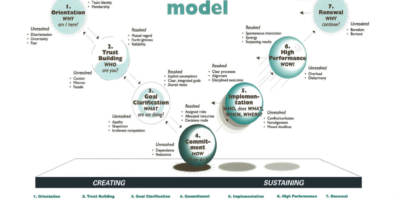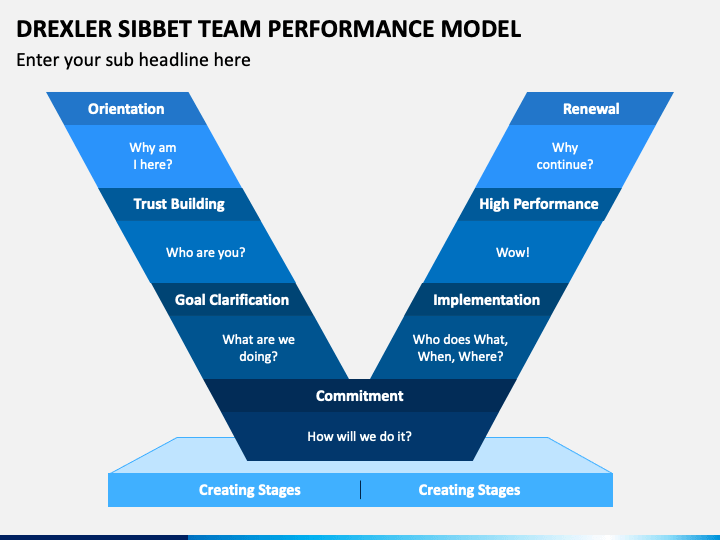

(8) Recognize your teams' wins, anniversaries, life events, birthdays, etc. (7) Provide honest and continuous feedback. (6) Enlarge your employees by introducing them to your network. (5) Communicate using " The 7 languages great leaders speak" to touch your team's heads, hearts, and hands. (4) Make your employee's development a priority. (3) Create time to connect and develop meaningful relationships with your team. Here are some tips that can return trust dividends in your organization: (1) Extend trust first: treat your employees like customers. In his book, "The Speed of Trust," Stephen Covey shared that leaders that build a high trust environment get trust dividends, while low trust organizations pay a tax-longer times to get things done, increased costs, and toxic cultures. Trust is not soft it drives the bottom line. #2 Foster Trust: According to a Helliwell Huang study, a 10% increase in trust has the same effect on employee satisfaction as a 36% increase in pay. A leader is successful when employees see the leader's vision as "our vision." This shared vision is what unleashes employees' discretionary power and fosters an owner's mindset.

Car renters do not take their vehicles to a car wash. For example, car owners and car renters treat their cars differently. Without a shared purpose, employees feel like renters rather than owners of a company. Leaders touch their employees' heads, hearts, and hands when they align the company and employee's purpose. Employees do their best work, admire leaders, and stay with organizations that invest in their people, local communities, social issues, and the planet. Profits are critical, but it is only one of the metrics that pulls on employees' heartstrings. Also, leaders miss the opportunity to reinforce their purpose when they do not combine it with the financials.

Is your organizational purpose alive? Does your organization's purpose generate excitement among your leadership team and employees? Does it give your employees a sense of meaning and reflect their day-to-day contributions? Employees often struggle to connect the dots between their daily jobs and the company's purpose. Many organizations have mission and vision statements.


 0 kommentar(er)
0 kommentar(er)
